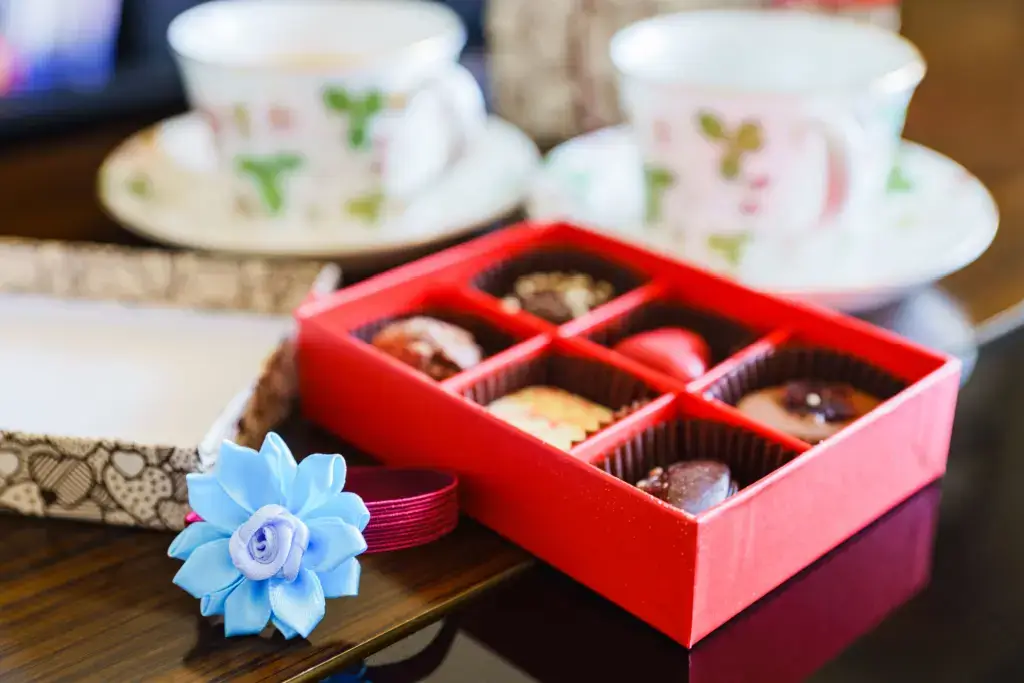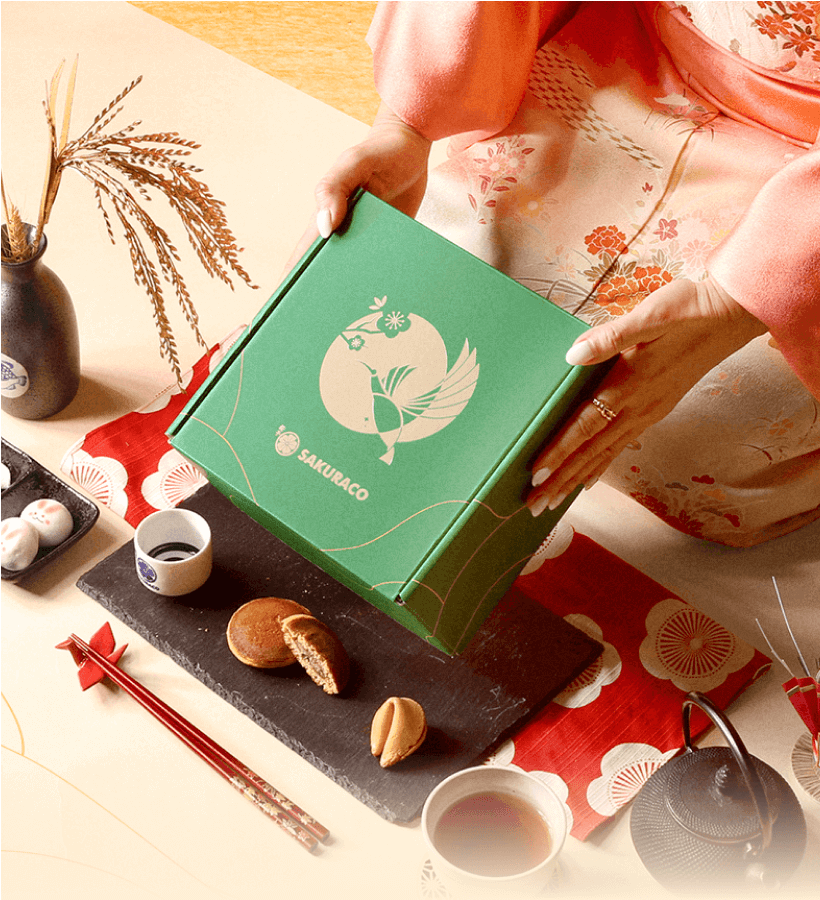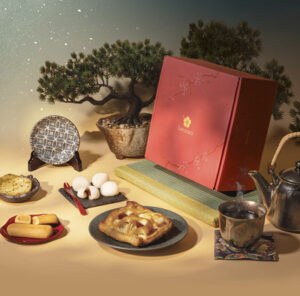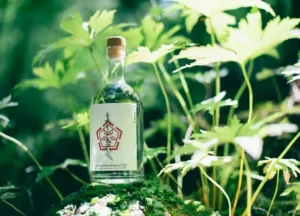Valentine’s Day in Japan is when romance, tradition, and sweet gestures come together. On this special day, you can find signs of love and warm affection everywhere, from mythology and natural symbols to unique gifts embodying Japanese culture’s essence. These practices make Valentine’s Day a fantastic celebration of love in all its forms!
Table of Contents
ToggleWhat are some folktales about love in Japanese mythology?
Japanese folklore is filled with enchanting love stories that blend romance, fate, and the supernatural. Many stories feature star-crossed lovers, mysterious spirits, or magical creatures who fall in love with humans. Passed down through generations, these tales teach lessons about devotion, sacrifice, and the power of emotions. Some are celebrated in festivals, while others are whispered as cautionary tales.
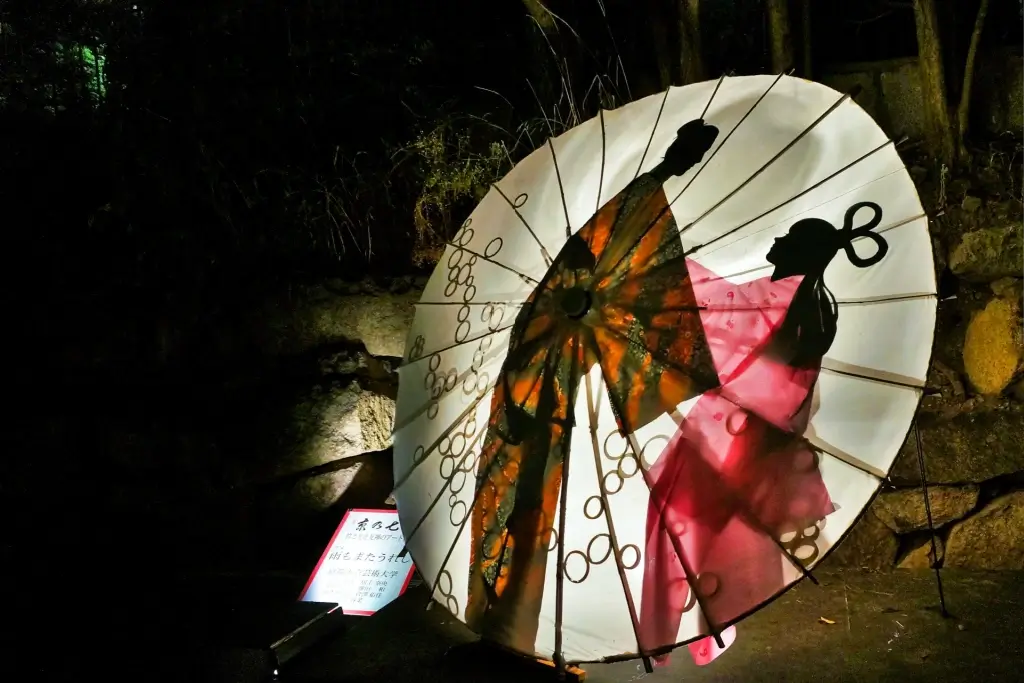
One famous tale is Tanabata, where lovers Orihime and Hikoboshi can only meet once a year, inspiring a festival of wishes. Similarly, the snow woman, Yuki Onna is a ghostly figure who sometimes falls in love but can never stay. Meanwhile, Taketori Monogatari tells of the moon princess Kaguya-hime, who refuses all suitors because she belongs to the sky.
Urashima Taro tells of a kind fisherman who falls in love with a sea princess. Upon his return home, he discovers centuries have gone by. These timeless tales highlight love’s power and magic. This is similar to Valentine’s Day in Japan, where people share feelings through chocolates and heartfelt gifts.
What are the love rocks?
Across Japan, you’ll find love rocks: natural rock formations. People believe they symbolize love, harmony, and divine connection. Rooted in Shinto beliefs, people often tie them with sacred ropes called shimenawa. These ropes represent the unity of male and female deities. These rocks are sacred sites where people pray for romance, strong marriages, and lifelong companionship.
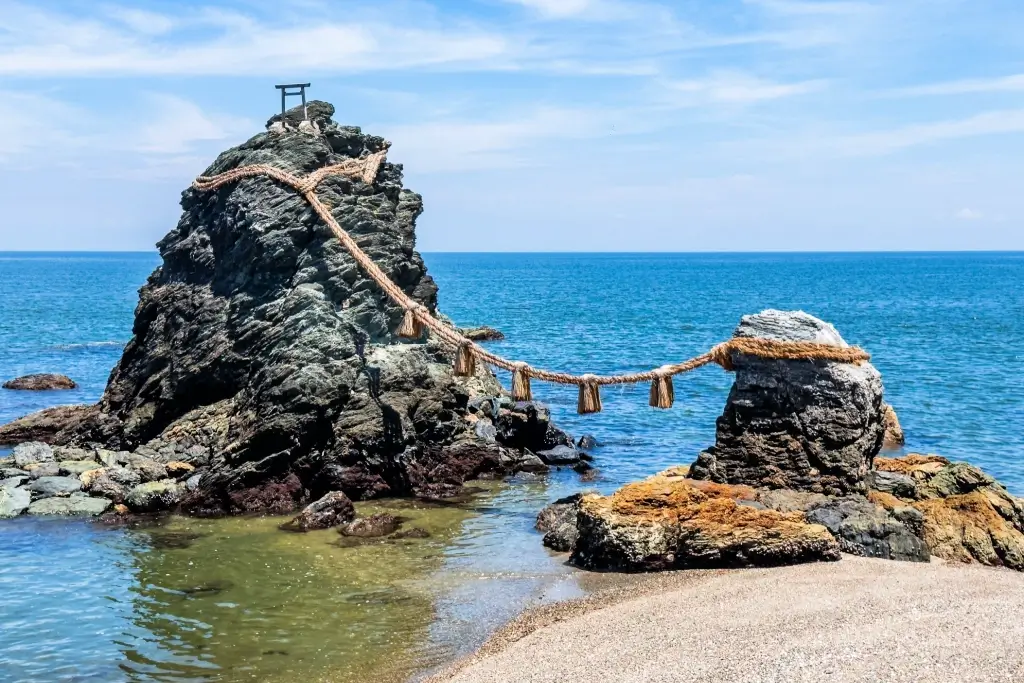
Meoto Iwa in Mie Prefecture, two rocks bound by a giant rope, symbolize a married couple’s bond. Hatago-Iwa in Ishikawa honors the deity of weaving and resembles ancient weaving tools. And Fukushima’s Husband and Wife Rocks, once a single stone, now stand divided yet eternally together. Because of this, these breathtaking sites continue to inspire love and faithfulness across Japan.
What is arare?
Arare is a lovely Japanese snack made from glutinous rice, flavored with soy sauce, sugar, or other seasonings like seaweed, sesame seeds, or peanuts. Its name, meaning “snow pellets”, comes from its tiny, hailstone-like size.
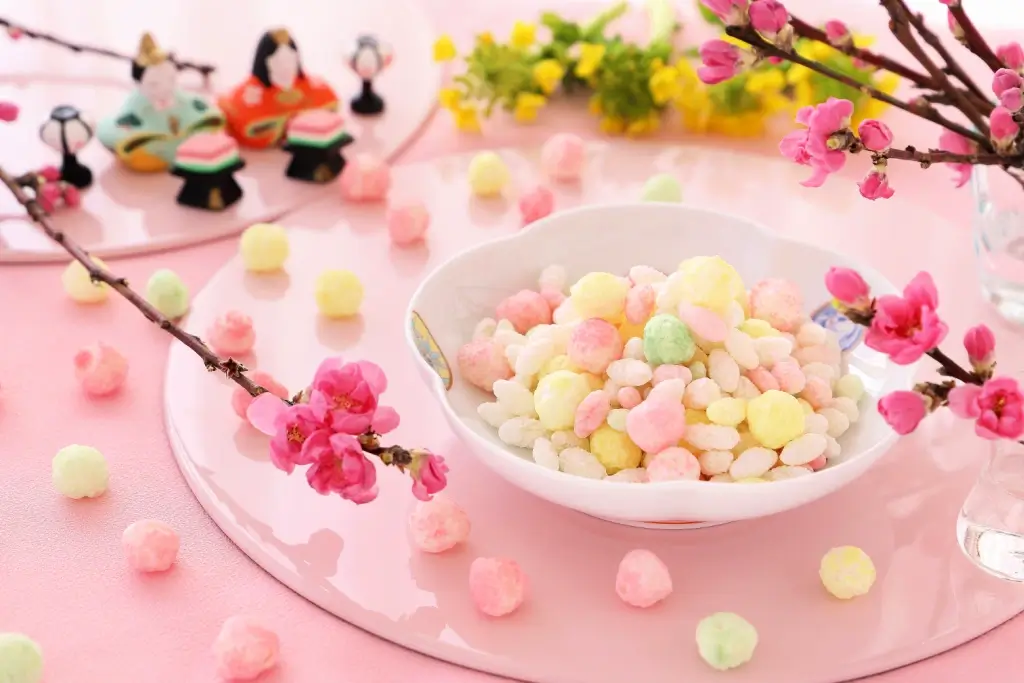
Arare has been enjoyed since the Edo period and comes in many types, such as norimaki arare wrapped in seaweed and kaki no tane shaped like persimmon seeds. Sweet or savory, arare is perfect for festivals, special occasions, or just as a tasty treat with tea or beer. Its variety of flavors and crunch make it a beloved snack in Japan.
Are you looking amazing snacks for Valentine’s Day? Check out Sakuraco! Sakuraco delivers traditional Japanese snacks, teas, and sweets from local Japanese makers directly to your door so you can enjoy the latest treats directly from Japan!
What is ume shiso?
Ume shiso is a flavorful combination of pickled ume plums and shiso leaves. Pickling the plums in salt gives them a tangy and salty taste. The red shiso leaves add a bright red-orange color and a refreshing, minty flavor.
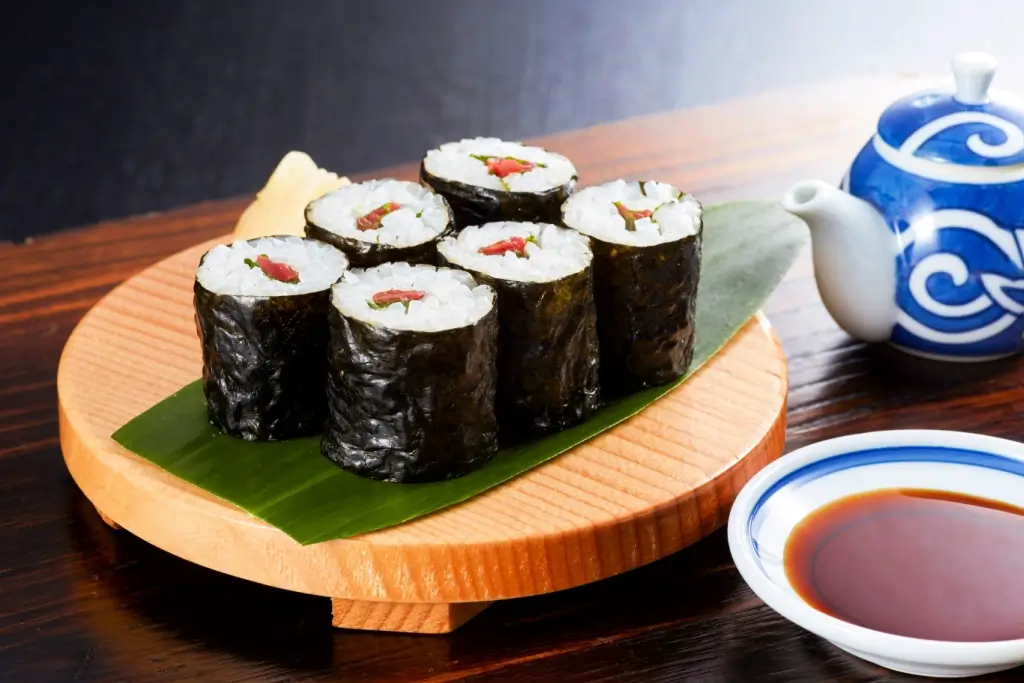
People often use this mixture in sushi rolls, sauces, or rice dishes. Ume shiso has a bold taste, combining sourness like lemons with floral and salty notes. It’s an excellent choice to share with someone you love, whether in a bento box or as a simple onigiri (rice ball), making it an exciting way to celebrate your romantic days.
What are some beautiful Japanese textiles I can get as a gift?
Japanese textiles are an excellent choice if you’re looking for a beautiful and unique gift to give on Valentine’s Day. Tsumugi silk is soft and perfect for accessories or casual kimonos. Nishijin brocade, with its detailed designs and gold shine, adds luxury. Miyako Jofu, a breathable fabric with charming patterns from Okinawa, is excellent for warm weather, while Uetsu Tilia Bark Cloth, made from tree bark, feels natural and strong.
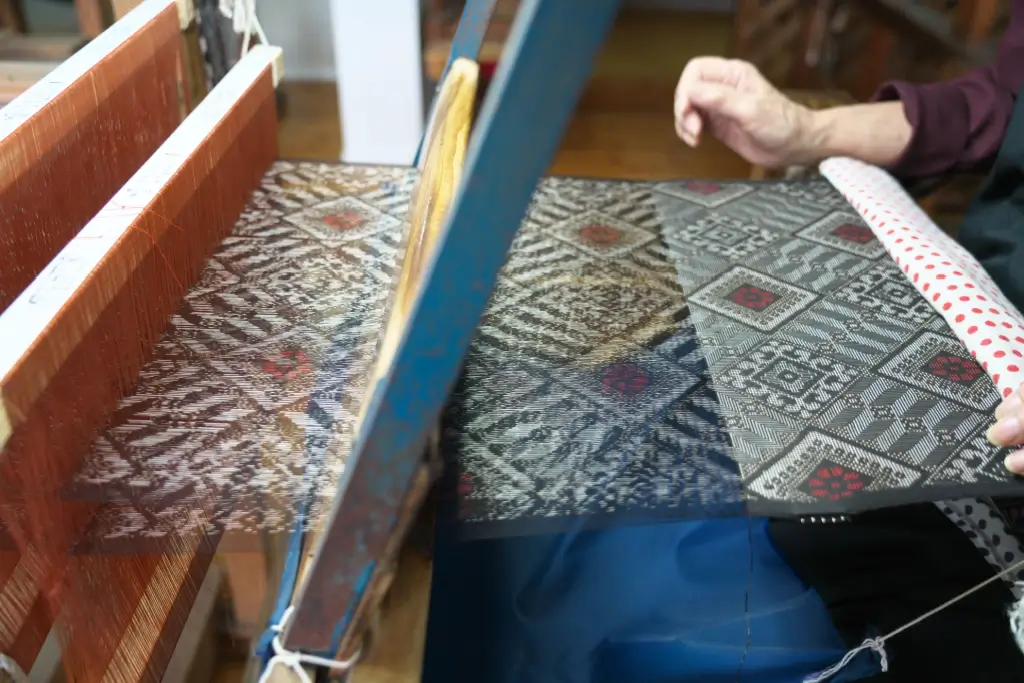
These fabrics aren’t just beautiful; they carry Japan’s rich traditions and craftsmanship. Whether it’s a luxurious kimono, a stylish scarf, or a simple accessory, these textiles make thoughtful gifts that reflect your love and appreciation on February 14th.
What are some popular Japanese screen paintings?
Japanese screen paintings are a stunning and distinctive part of Japan’s artistic history. Originally, these folding screens were used to protect people from drafts and give them privacy. Over time, they became popular for their decorative value.
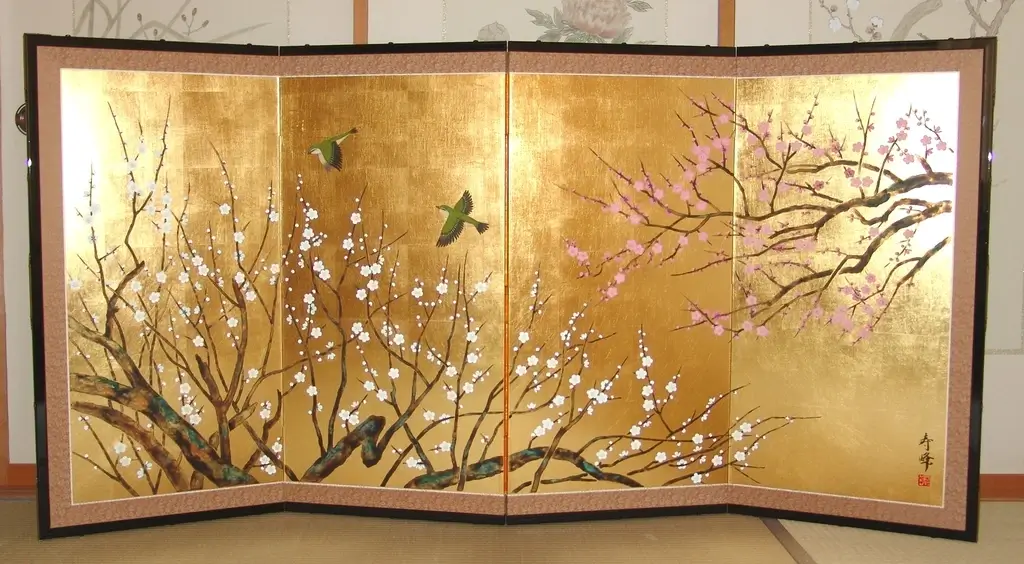
Famous works like A Thousand Cranes (Kayama Matazo) and Wind God and Thunder God (Tawaraya Sotatsu) are some of the most well-known pieces that still capture people’s imagination today. These paintings use bright colors, gold leaf, and intricate brushstrokes to tell stories and show the beauty of Japanese culture. Throughout history, these screens have been more than just art – they have been part of exclusive occasions, including exchanging gifts on Valentine’s Day in Japan.
Why is Valentine’s Day in Japan so unique?
Valentine’s Day in Japan is truly special because it blends traditional and modern expressions of love. The day reflects a deep cultural appreciation for affection, from the heartfelt exchange of chocolates to the meaningful customs shared across generations.
The significance of presents, whether honmei choco, textiles, or other yummy treats, symbolizes romance, thoughtfulness, and respect. Have you experienced any unique traditions for Valentine’s Day in Japan or another place? Share with us your experiences in the comments!

